Dasyloricaria filamentosa
Scientific name: Dasyloricaria filamentosa
Common name: N/A
Family: Loricariidae
Usual size in fish tanks: 17 - 20 cm (6.69 - 7.87 inch)
014
Recommended pH range: 5 - 7
Recommended water hardness: 6 - 18°N (107.14 - 321.43ppm)
0°C 32°F30°C 86°F
Recommended temperature range: 24 - 28 °C (75.2 - 82.4°F)
The way how these fish reproduce: Spawning
Where the species comes from: South America
Temperament to its own species: peaceful
Temperament toward other fish species: peaceful
Usual place in the tank: Bottom levels
Food and Feeding
Dasyloricaria filamentosa, commonly known as the Whiptail Catfish, thrives on a varied diet. In captivity, their primary source of food should consist of sinking catfish pellets rich in vegetable matter. Supplement this with fresh vegetables such as blanched lettuce, cucumber, and peas to ensure a balanced intake of nutrients. Additionally, these fish enjoy protein-rich foods like brine shrimp and bloodworms, which should be offered once or twice a week. This combination of vegetable matter and proteins will promote their overall health and help maintain their coloration. It's best to feed them during the evening or night, as they are more active during those times.
Origin
Native to South America, Dasyloricaria filamentosa is found in the Magdalena River Basins, which extend through Colombia. These regions are characterized by soft, slightly acidic waters and slow-moving rivers, with plenty of submerged vegetation and sandy or muddy substrates. Replicating these natural conditions in the aquarium is crucial for the health and well-being of the Whiptail Catfish.
Sexing
Distinguishing between male and female Dasyloricaria filamentosa can be challenging until they reach sexual maturity. Mature males tend to be slimmer and display broader head shapes compared to females. Additionally, males develop bristle-like whiskers (known as odontodes) on their cheeks and around the snout during the breeding season, which is a reliable way to identify them.
Breeding
Breeding Dasyloricaria filamentosa in captivity can be quite difficult due to their high sensitivity to water conditions. They require pristine, stable water parameters to induce breeding. Providing the right environment is crucial - this includes adding piping, cave-like structures, or similar tubing to the tank, which will serve as spawning sites. After the female lays her eggs, the male takes responsibility for guarding and fanning them to ensure they remain oxygenated. The eggs usually hatch within a week, and the fry become free-swimming shortly afterward. At this point, the fry should be fed with finely crushed vegetable-based foods, newly hatched brine shrimp, or infusoria to ensure proper growth. Clean, stable water conditions are vital for the fry’s survival and development.
Lifespan
With the right care, including optimal water conditions and a well-balanced diet, the expected lifespan of Dasyloricaria filamentosa is around 15 years. This long lifespan makes them a long-term commitment for dedicated aquarists who can meet their demanding care requirements.
Short Description
Dasyloricaria filamentosa is an excellent addition to a peaceful community tank. However, they are extremely sensitive to water quality and require a well-maintained environment to thrive. These catfish are bottom-dwellers and prefer a tank with a sandy substrate, as they enjoy burrowing. It is essential to provide hiding places in the form of bogwood, rocks, or other structures, as they can be shy, particularly when newly introduced to the tank. Despite their peaceful nature, they should not be kept with aggressive species that may outcompete them for food or disturb their territories. Frequent water changes and good filtration are critical to maintaining the high water quality they require.
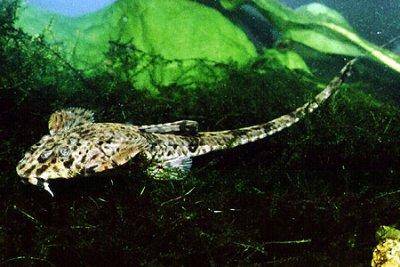
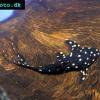 Adonis
Adonis  Lyre
Lyre 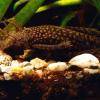 Bristlenose
Bristlenose  Gold
Gold  Bushymouth
Bushymouth  Spotted
Spotted  Medusa
Medusa 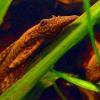 Bristlenose
Bristlenose 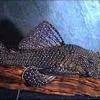 Starlight
Starlight  Spotted
Spotted  Catfish
Catfish  Bushynose
Bushynose 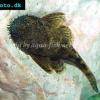 Bristlenose
Bristlenose  Green
Green 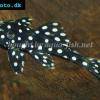 LDA-33
LDA-33 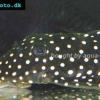 Snowflake
Snowflake 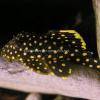 Gold
Gold 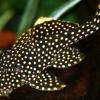 Gold
Gold 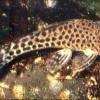 Bulldog
Bulldog  Butterfly
Butterfly 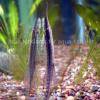 Whiptail
Whiptail 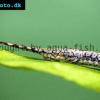 Amazon
Amazon  Twig
Twig 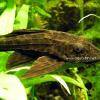 Spotted
Spotted 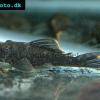 Spotted
Spotted 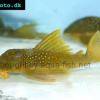 Lemon
Lemon 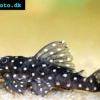 Pleco
Pleco  Peruvian
Peruvian 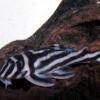 Zebra
Zebra  Pleco
Pleco  Hypostomus
Hypostomus 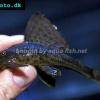 Pleco
Pleco  Suckermouth
Suckermouth  Spotted
Spotted  Woodeating
Woodeating 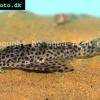 Golden
Golden  Sultan
Sultan  Multiradiatus
Multiradiatus 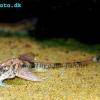 Marbled
Marbled 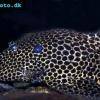 Pleco
Pleco 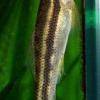 Dwarf
Dwarf  Dwarf
Dwarf  Dwarf
Dwarf  Oxyropsis
Oxyropsis 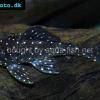 Orange
Orange  Blue
Blue 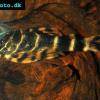 Clown
Clown 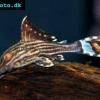 Royal
Royal  Blue
Blue 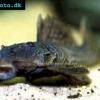 Rubber
Rubber  Goby
Goby 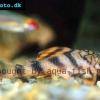 Wormline
Wormline  Para
Para  Tiger
Tiger 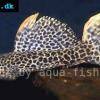 Leopard
Leopard 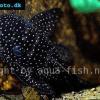 Spiny
Spiny  Marbled
Marbled 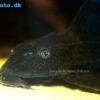 Amazon
Amazon  Common
Common  Sunshine
Sunshine  Golden
Golden